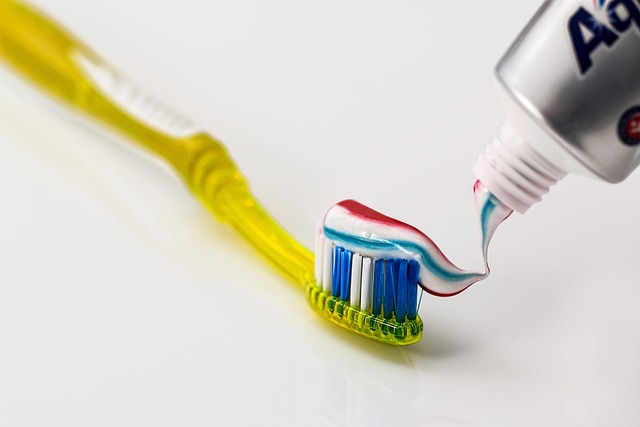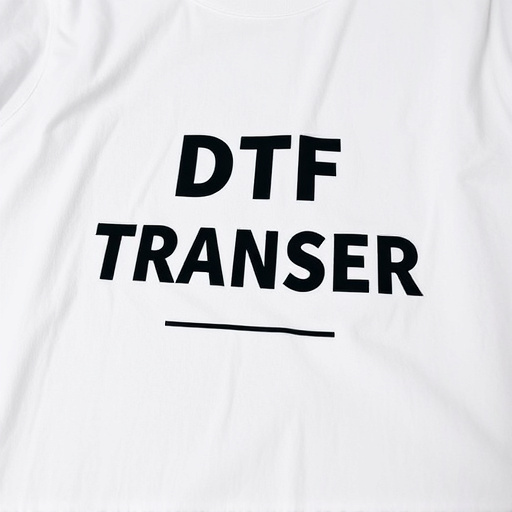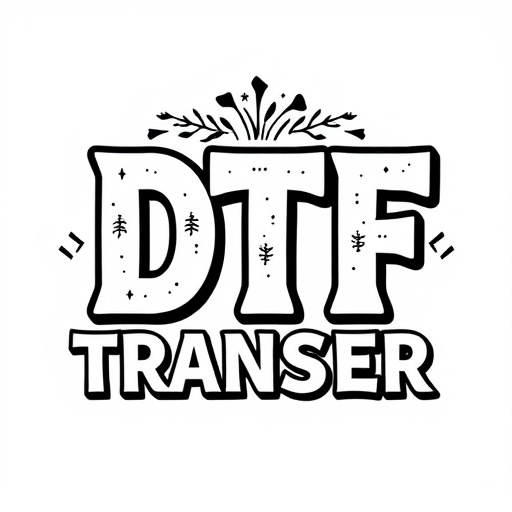Direct-to-film (DTF) transfer technology offers high-quality printing on diverse surfaces with minimal waste. Key factors for DTF lifespan include source material quality, ink longevity, substrate durability, and environmental conditions. Best practices include using high-quality materials, storing films properly, maintaining equipment, pre-treating surfaces, and debunking myths about fragility and fading. Real-world applications demonstrate DTF's resilience, with prints retaining vibrancy for over two years under harsh conditions. Future advancements focus on nano-coatings and durable ink formulations to extend DTF print lifespans even further across various industries.
“Uncover the enduring power of Direct-to-Film (DTF) transfer technology and its remarkable impact on print longevity. This comprehensive guide explores the intricate details of DTF transfers, revealing how their lifespan can be extended. From understanding the underlying technology to debunking common myths, we delve into the key factors shaping DTF’s durability. Discover practical insights on maximizing print life and explore real-world case studies. Additionally, we gaze into the future, uncovering emerging trends and innovations poised to revolutionize DTF print durability.”
- Understanding Direct-to-Film (DTF) Transfer Technology
- Key Factors Influencing DTF Transfer Lifespan
- How to Maximize the Longevity of DTF Prints
- Common Durability Myths Debunked
- Real-World Case Studies: DTF Transfer Lifespan in Action
- Future Trends and Innovations in DTF Print Durability
Understanding Direct-to-Film (DTF) Transfer Technology

Direct-to-Film (DTF) transfer technology has revolutionized printing and imaging, offering a unique and efficient method for creating high-quality prints directly on various surfaces. This process involves transferring ink or dye from a donor film to a receiver material, such as fabric, metal, or plastic, without the need for intermediate rollers or plates. DTF Printing is renowned for its ability to produce vibrant, long-lasting images with exceptional detail, making it a preferred choice in many industries.
DTF Transfer technology ensures that each print is a precise reproduction of the original design, enabling the creation of durable and visually appealing products. The direct application of ink onto the target material results in robust bonds, enhancing the overall lifespan of DTF Prints. This method is particularly advantageous for custom printing on demand, as it allows businesses to offer long-lasting, high-quality items while minimizing waste and setup costs.
Key Factors Influencing DTF Transfer Lifespan
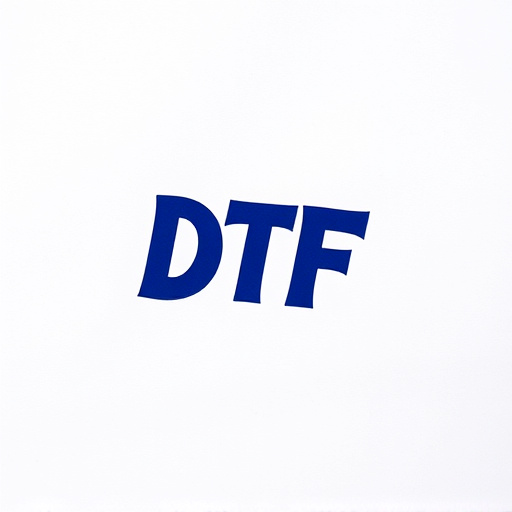
Several key factors significantly influence the lifespan of a direct-to-film (DTF) transfer. First and foremost, the quality of the initial print or image is critical. High-resolution digital prints with precise color accuracy tend to yield more durable DTF transfers. The type of ink used in the printing process also plays a vital role; advanced inks designed for long-lasting adhesion and weather resistance ensure that the DTF prints remain vibrant and intact over time.
Another essential factor is the substrate or surface onto which the DTF transfer is applied. Different materials have varying levels of durability, with specialized vinyls and polyurethanes often offering superior protection against fading, cracking, and peeling. The application method, including proper cleaning and preparation of the substrate, directly impacts long-term durability. Additionally, environmental conditions like sunlight exposure, temperature fluctuations, and moisture can accelerate degradation, underscoring the importance of using DTF transfers in suitable settings for maximum longevity.
How to Maximize the Longevity of DTF Prints

To maximize the longevity of DTF (Direct-to-Film) prints, several practices can be employed. Firstly, utilize high-quality materials and inks designed specifically for DTF transfer applications. These products are formulated to withstand fading and degradation over time, ensuring your prints retain their vibrancy. Additionally, proper storage conditions are paramount; keep the transferred films in a cool, dry place away from direct sunlight to prevent premature aging.
Regular cleaning and maintenance of your printing equipment can also extend the lifespan of DTF prints. Ensure the print heads are well-maintained and calibrated correctly to avoid smudging or inconsistent ink deposition. Furthermore, consider pre-treating surfaces with appropriate primers to enhance adhesion and protect against environmental factors that might cause the print to peel or fade prematurely.
Common Durability Myths Debunked

Many misconceptions surround the durability of direct-to-film (DTF) transfers and prints, leading to fears about their longevity. One common myth is that DTF materials are fragile and easily damaged. However, this could not be further from the truth. DTF transfers are designed to offer exceptional durability, rivaling traditional printing methods. The key lies in the high-quality materials used and the precision of the application process. These factors ensure that the vibrant colors and sharp details of the transfer remain intact for years.
Another myth is that DTF prints are susceptible to fading or yellowing over time. With proper care, DTF prints can maintain their vibrancy even under direct sunlight. Modern inks and laminates used in DTF printing are formulated to resist color shift and degradation, ensuring your designs stay as fresh as the day they were printed. Debunking these myths highlights the reliability and longevity of DTF transfers and prints, making them a popular choice for applications ranging from vehicle graphics to signage and decorative arts.
Real-World Case Studies: DTF Transfer Lifespan in Action
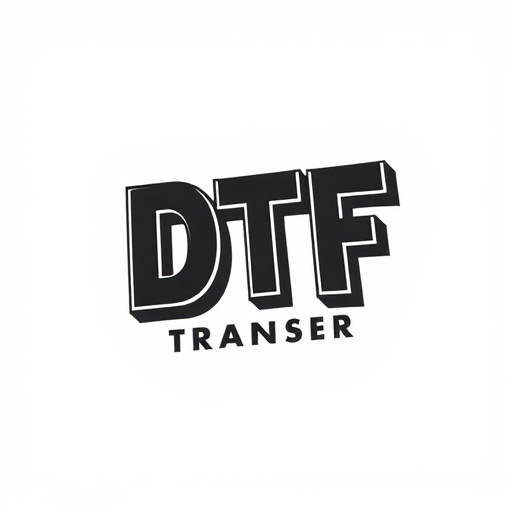
In the real world, direct-to-film (DTF) transfer technology has proven its durability and longevity in various applications. Case studies from outdoor advertising, event signage, and even museum exhibits show that DTF prints can withstand harsh environmental conditions for extended periods. For instance, a study on DTF signs installed along a major highway revealed that the prints retained their vibrancy and legibility for over two years, despite constant exposure to sunlight, rain, and wind.
Another fascinating example involves DTF transfers used in temporary event branding. Marketers reported that their promotional materials, including backdrops and banners, remained intact and visually appealing for weeks after initial setup, even with frequent handling and outdoor exposure. These real-world tests underscore the durability of DTF printing, making it a reliable choice not just for short-term needs but also for long-lasting applications where visual impact is paramount.
Future Trends and Innovations in DTF Print Durability
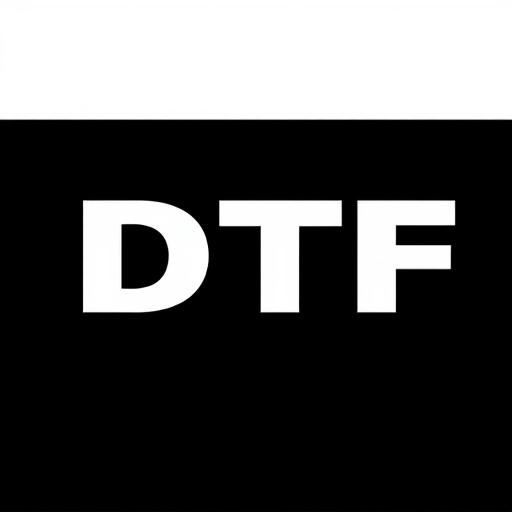
The future of direct-to-film (DTF) transfer technology promises significant advancements in durability and longevity. Innovations such as nano-coating techniques are being explored to create protective layers that safeguard DTF prints from fading, chipping, and environmental damage. These advanced coatings not only enhance the visual appeal but also provide an extra layer of defense against the elements, ensuring that vibrant colors and sharp details remain intact for extended periods.
Additionally, researchers and manufacturers are focusing on developing new ink formulations designed specifically to withstand harsh conditions. These inks are crafted to offer superior adhesion to various substrates, improving overall print durability. With ongoing advancements in DTF printing technology, we can anticipate longer-lasting, more resilient prints that will continue to captivate audiences across diverse industries, from fashion and advertising to packaging and signage.


